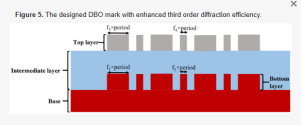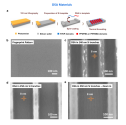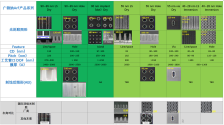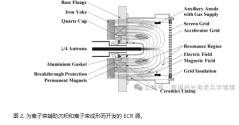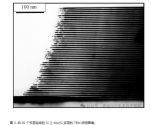Meijie Optoelectronics received tens of millions of yuan in financing, focusing on the semiconductor mass testing equipment track
Capital, Yida Capital recently completed a multi-million-yuan lead investment in Meijie Optoelectronics Technology (Shanghai) Co., Ltd. (hereinafter referred to as "Meijie Optoelectronics"). The funds from this round of financing will be used for Meijie Optoelectronics' investment in product research and development, team expansion and market expansion, further enhancing the company's product competitive advantage in the field of semiconductor mass testing equipment.
Meijie Optoelectronics was founded in 2015 and focuses on the research and development and manufacturing of semiconductor quality inspection equipment. The core team of Meijie Optoelectronics is composed of senior experts in the semiconductor industry. The founder Wen Renhua has rich industry experience and technical background, and has led the team to achieve significant breakthroughs in the fields of overlay equipment and defect detection equipment.
According to Yida Capital, Meijie Optoelectronics has successfully launched a variety of mass testing equipment, which are widely used in 8-inch and 12-inch semiconductor production lines, and has established close cooperative relationships with many leading domestic semiconductor manufacturers. The company is also developing advanced process mass testing equipment and is expected to deliver prototypes within the next two years to further promote the technological upgrade of domestic semiconductor mass testing equipment.
In January this year, the Meijie Optoelectronics Technology Headquarters Project with an investment of 850 million yuan was officially signed and landed in Wuxi. The company's headquarters will be located in Liyuan Development Zone and a semiconductor quantity detection equipment R&D and manufacturing base will be built.

